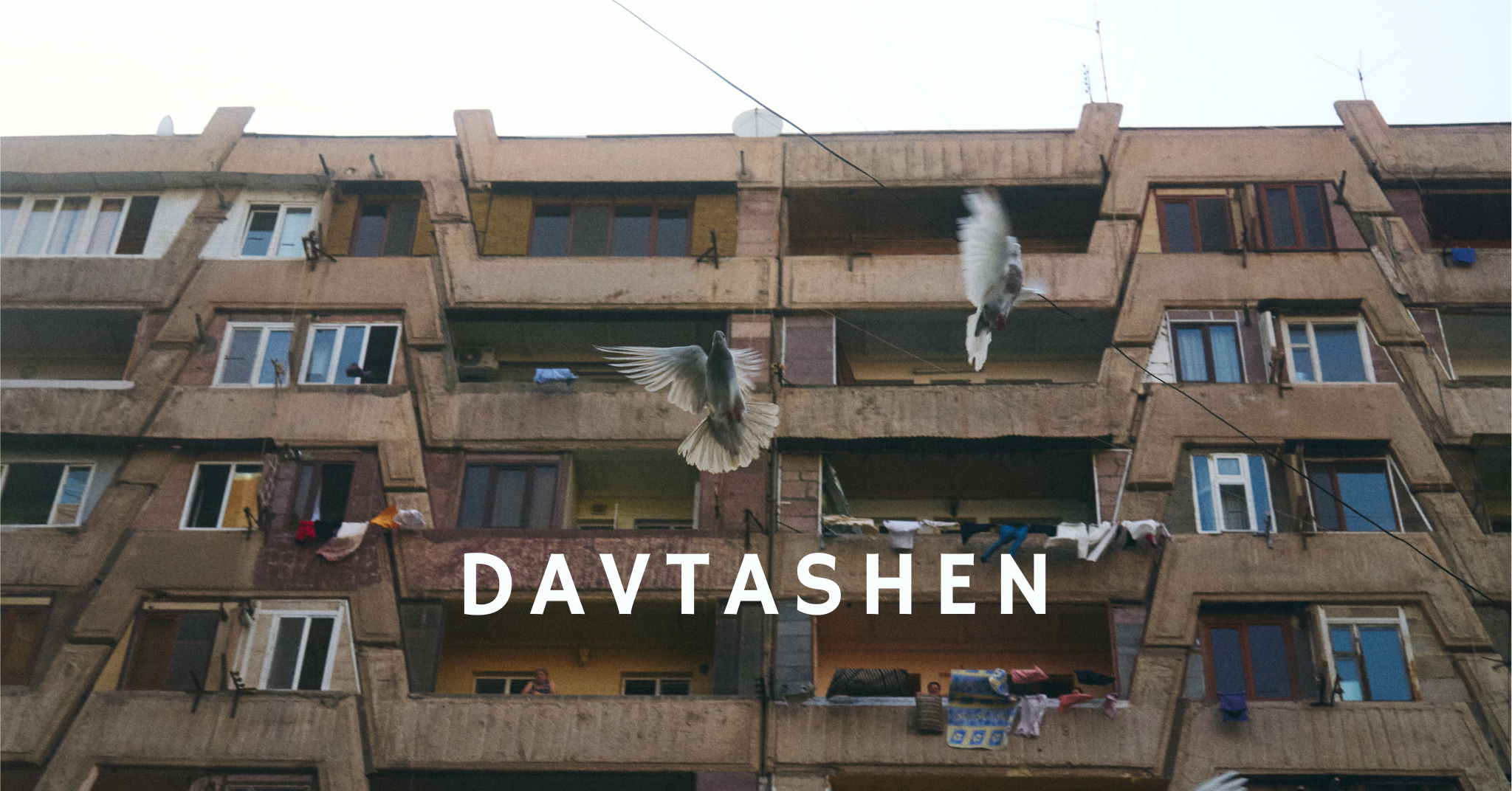
I read that Davtashen is the second smallest district in all of Yerevan, and after an evening walking through it, I can certainly see it. Its four blocks divided by a single main road that runs through the middle of them. These four blocks effectively little neighbourhoods and each one completely different to the other. My favourite being the first, where the majority of images were taken. The other districts seeing a massive change in their design as the previous little factories and empty spaces are now being developed with a newer concept. One I think many don't really appreciate. Their newer buildings already seen with chipped brickwork and largely unfinished despite people already living within them. The older buildings standing tall, unique in their designs, changed over time but in good condition.

Unlike many other districts of Yerevan, this one has the majority of its Soviet era industry outside of the residential spaces, on the outskirts of the city which is where the district itself resides. Where the city comes to a sudden halt, with the gradual appearance of large rocks and a dry, unforgiving terrain. As if to have reached the end of the world, where civilisation is no longer. Despite it being around 6PM, the sun was still pretty intense. No wind around, and few trees in this area. The landscape showing a clear difference in how man had essentially terraformed it, and how nature had remained for the rest of the landscape as a desert. No point in walking beyond. So I turned back, deeper in the residential spaces.
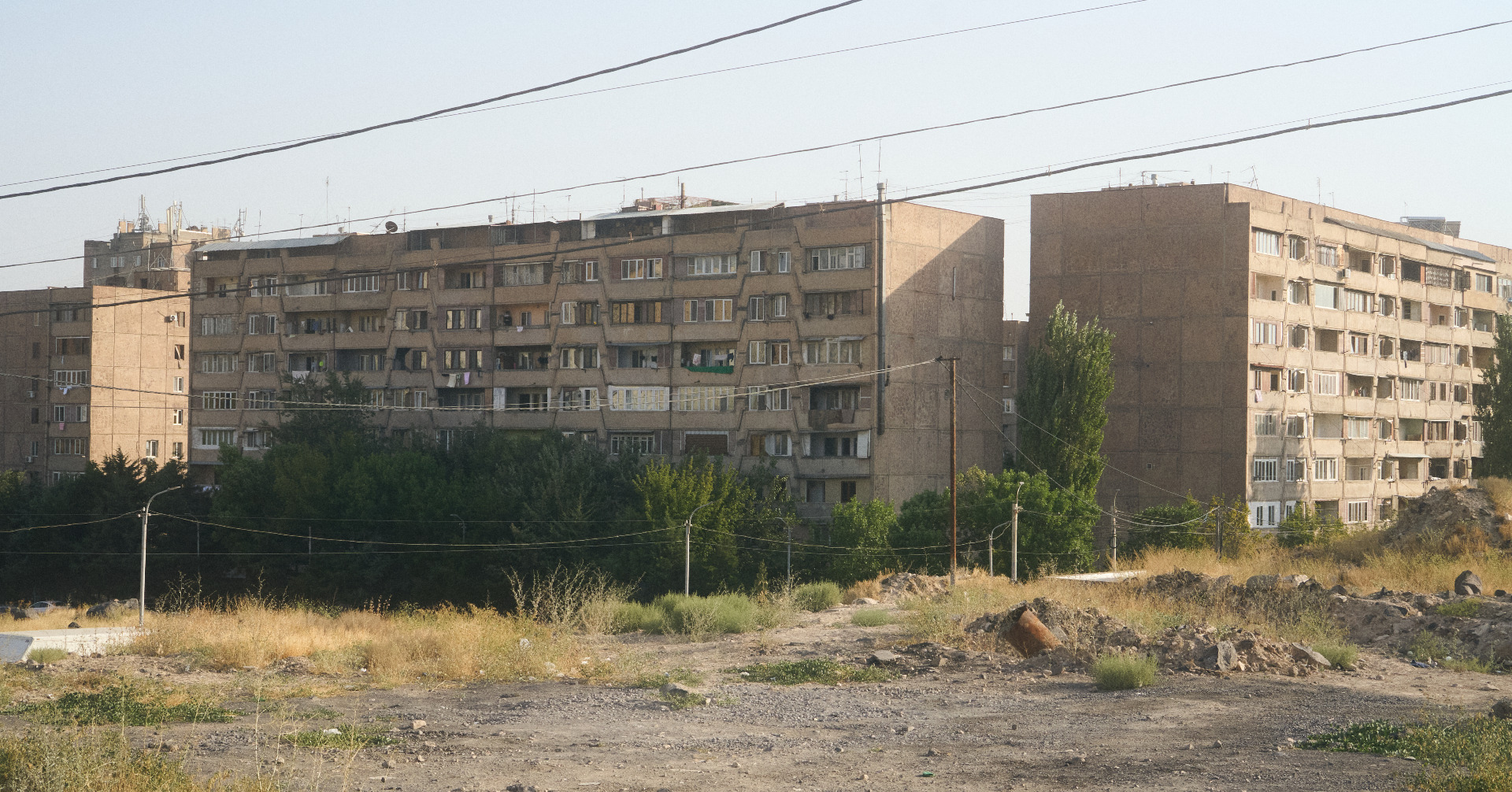
I walked between these two buildings and was immediately transported into a different era. Where I could feel as if many aspects of the Soviet Union had never disappeared. The hand-operated pully systems that served to remove rubbish collected from the shafts of the high rises. Something I had heard about before, but had never seen. I was surprised to see every single building here still with them, and it appeared as if to some degree, despite being so rusted, they still operated. An interesting concept to make the living spaces of the Soviet citizen more convenient, considering the way in which people would've lived and their needs. To see how much the world has changed since that era of the 1960s and 1970s is quite fascinating.
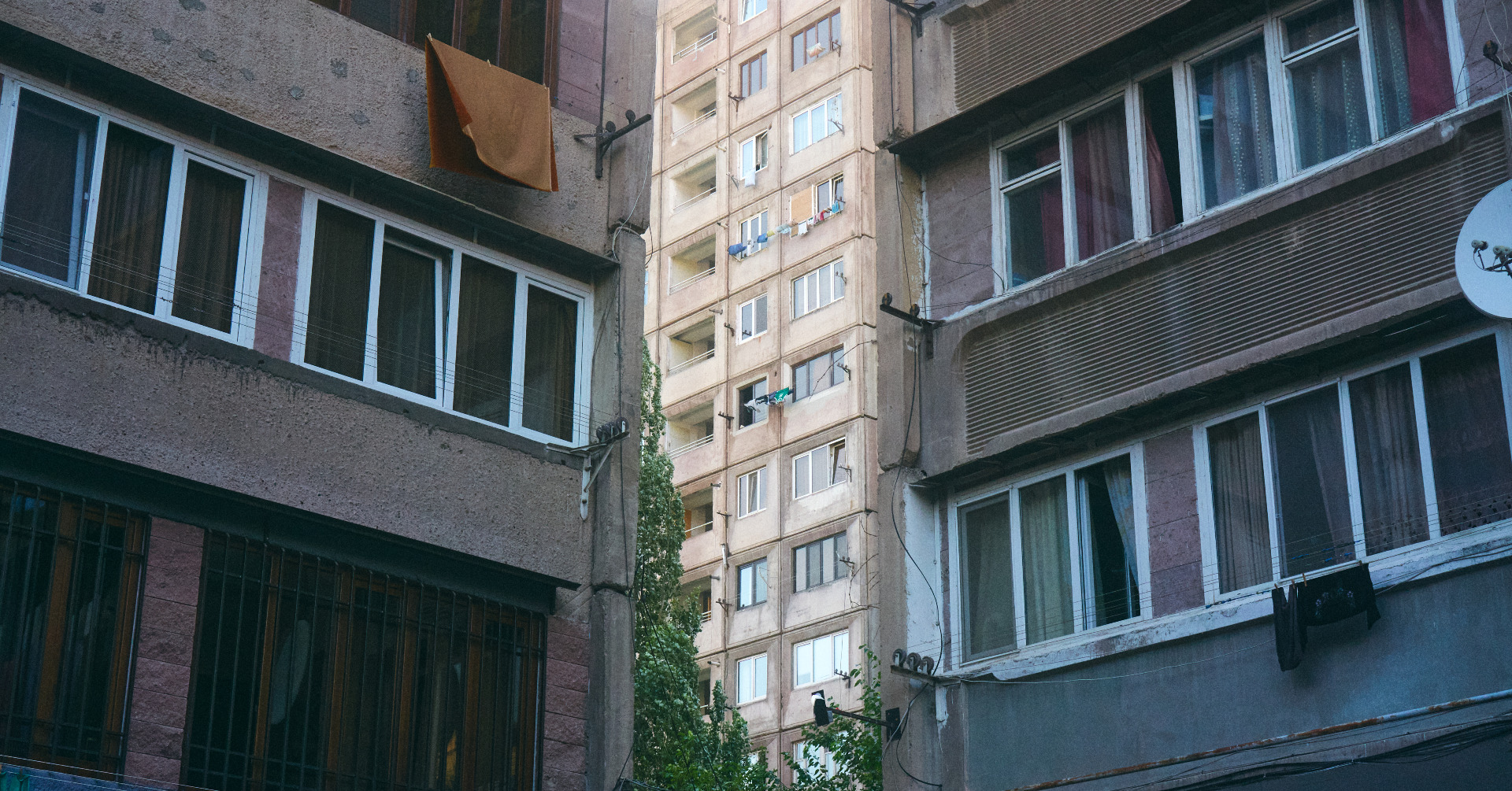
This area felt mostly untouched by modernisation. The parks in some areas were seeing a bit of a resurgence as the city works to redevelop them and modernise them, though sometimes still using Soviet structures for some reason. And within these courtyards where the people of the past had planted many trees, I could smell the fresh air. A stark contrast to the dust that went into my lungs from the breeze, with every breath just beyond the buildings. The air a bit more sticky due to the humidity given there as some moisture in the air. And many pipes opened to flood water throughout the courtyards, giving the green the hydration it needed. To no surprise, children loved these and would be running into the water that sprayed into the air.
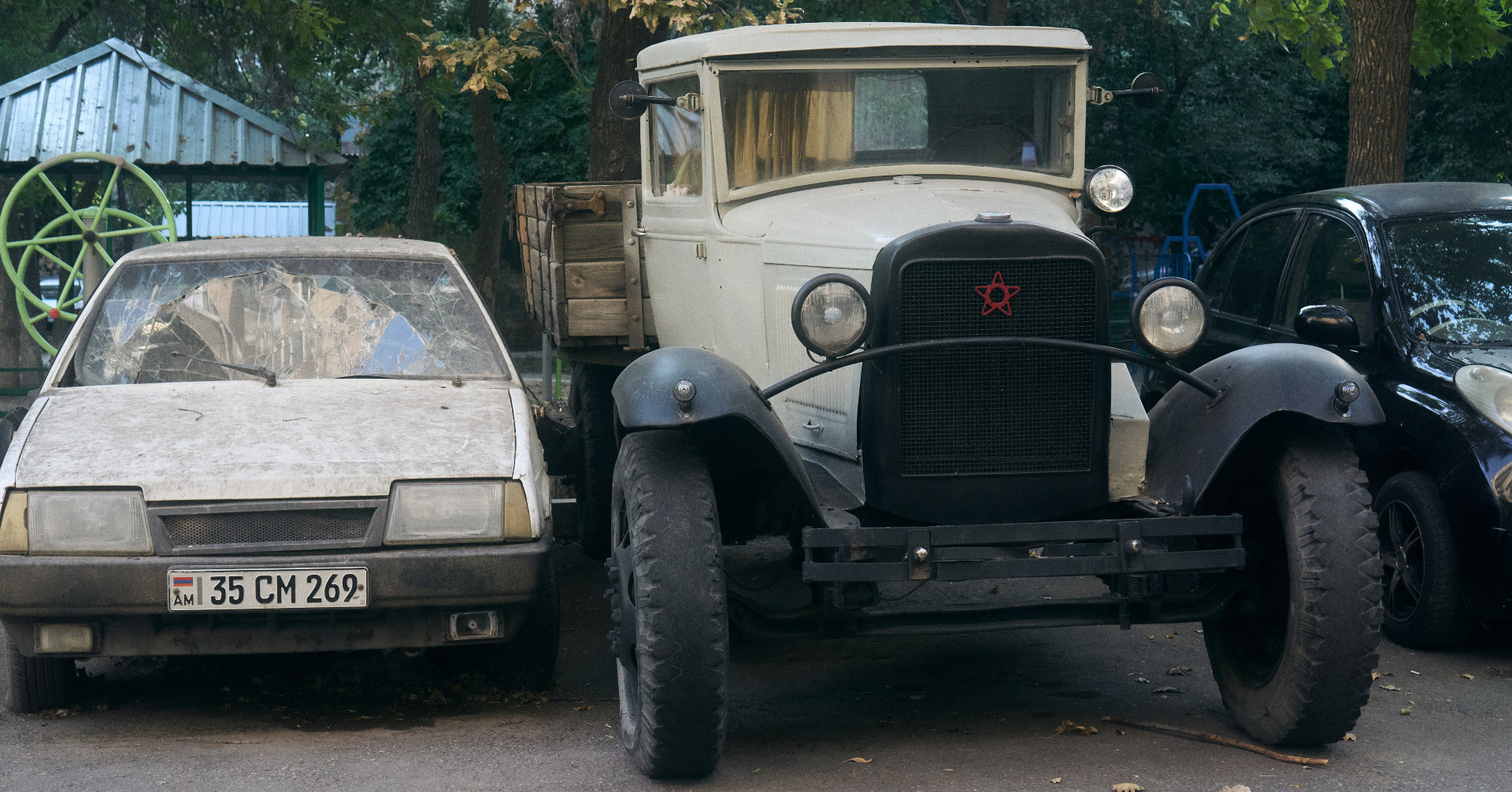
I was surprised to see history in the form of vehicles too. Of course the Lada remains the most common vehicle to be seen here. Perhaps something else like a Volga or Moskvtich. But this thing? It must've been made around the 1940s - 1960s. In incredible condition and clearly still in use by the lack of dust and cleanliness of its still inflated tires. Truly a relic of the past. And with barely a dent or scratch on it. Given a fresh coat of paint to add. A truly rare sight compared to the more usual GAZ trucks which tend to have seen quite a beating throughout the decades. I wondered who this belonged to, why they had it, what they used it for. But it sat there silently with no owner nearby.
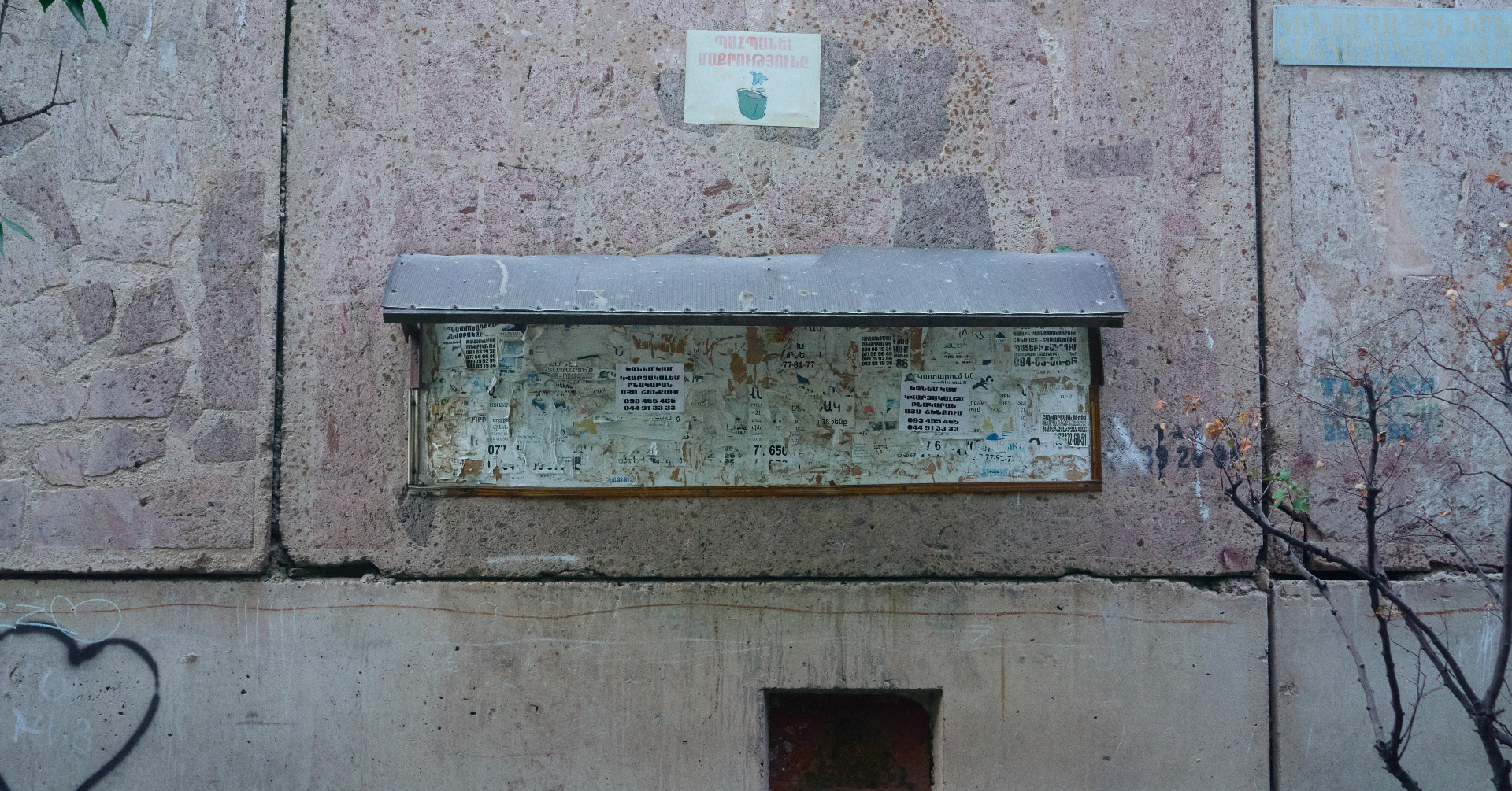
Old communal signs remained too. Some stating to not litter the areas, something that must've been put up in the past 20 - 30 years. And boards with advertisements all over. A more common thing to see in the doorways of most buildings and rarely side of them. I always wish I could find something old on them, but this is decades of decayed paper, each weathered away and removed and replaced by each new piece of paper. The whole area itself really spoke of the past, still. Each little detail of the area giving a glimpse into how life once was in the area, and to some degree still is. Still free from the drastic changes of our present and push into the future.
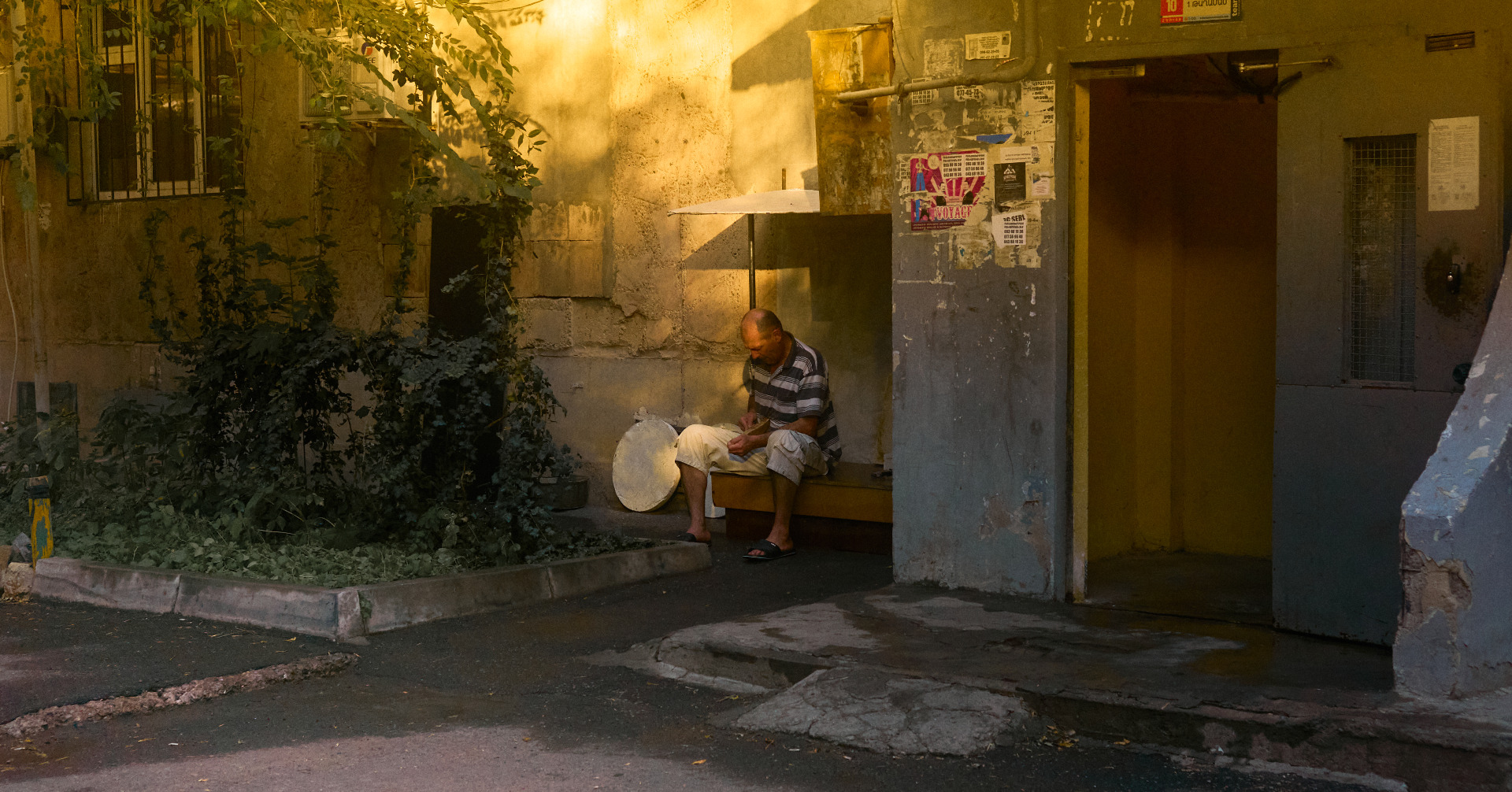
A middle-aged man sat outside of one entrance as the sun began to set. Carving away at something with great attention. I caught a glimpse of the wood carving and it looked incredibly professional. Though I couldn't quite make out what it was he was carving. It looked like it could've been the handle to a knife, or an axe. I really wanted to get a bit closer to him, but I didn't want to disrupt him, so as I walked by, constantly observing, I dialled in a few settings into the camera, turned and snapped a single shot and walked off. Within this residential space was a school that was largely neglected and overgrown, though it appeared was still in use. Some areas looking like they hadn't been entered in decades, though.
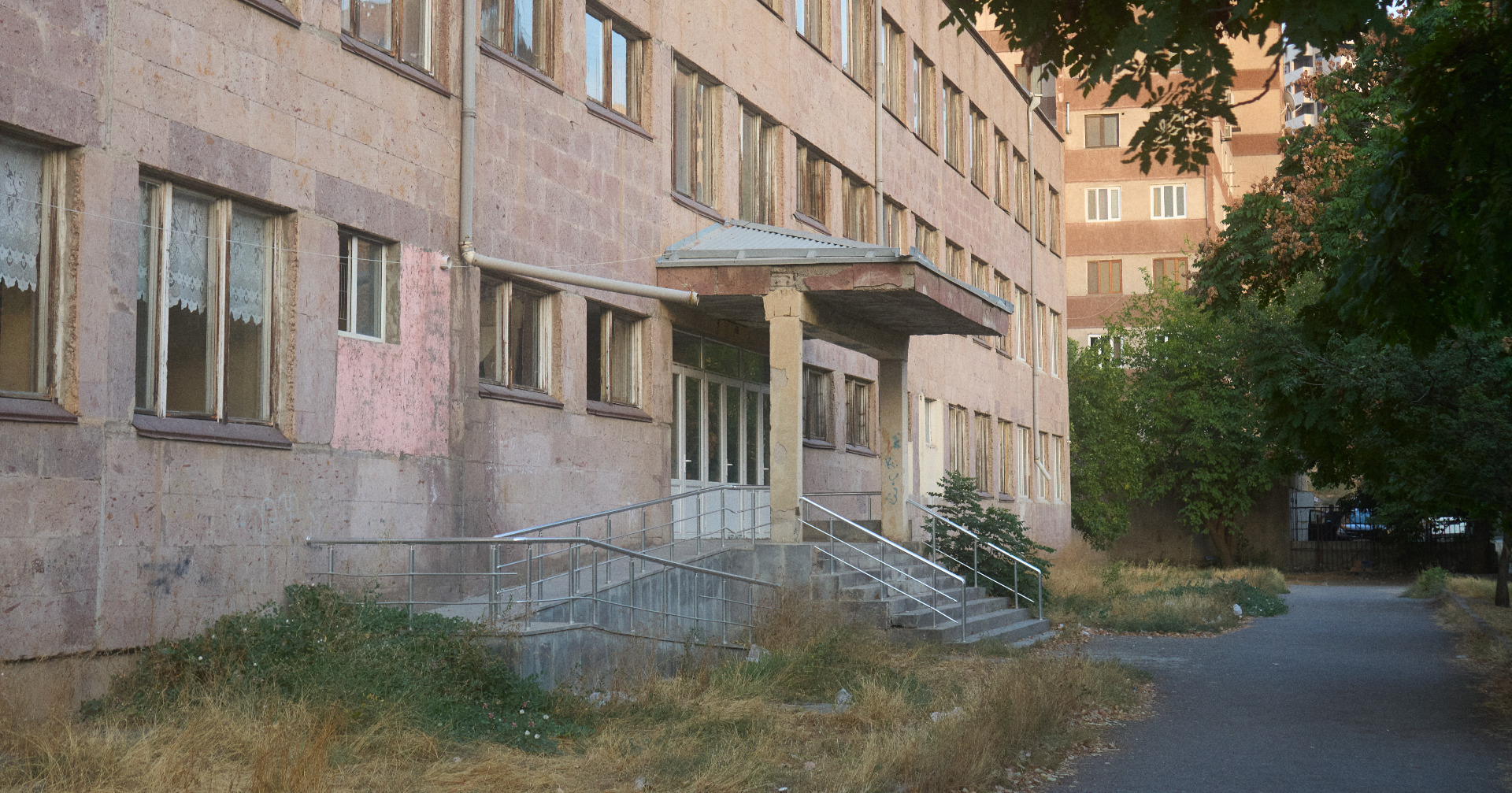
These are pretty common within these residential areas, where within the courtyards are also schools and little shops that would've given the families easy access to what they needed. This is also something that in more recent times is started to be seen throughout the world as cities and towns develop and people want more convenient access to their basic needs, where time and money is saved from having to drive somewhere for it all. Though as the Soviet Union collapsed, many would begin to build their own little stalls, communal areas, and shops within these courtyards. The city is currently in the process of destroying them, arguing they're illegally built and that the land should return to the citizens. In some ways people agree with it, in other ways people see the city taking away vital spaces that have allowed a struggling community to earn and survive in a changing world.
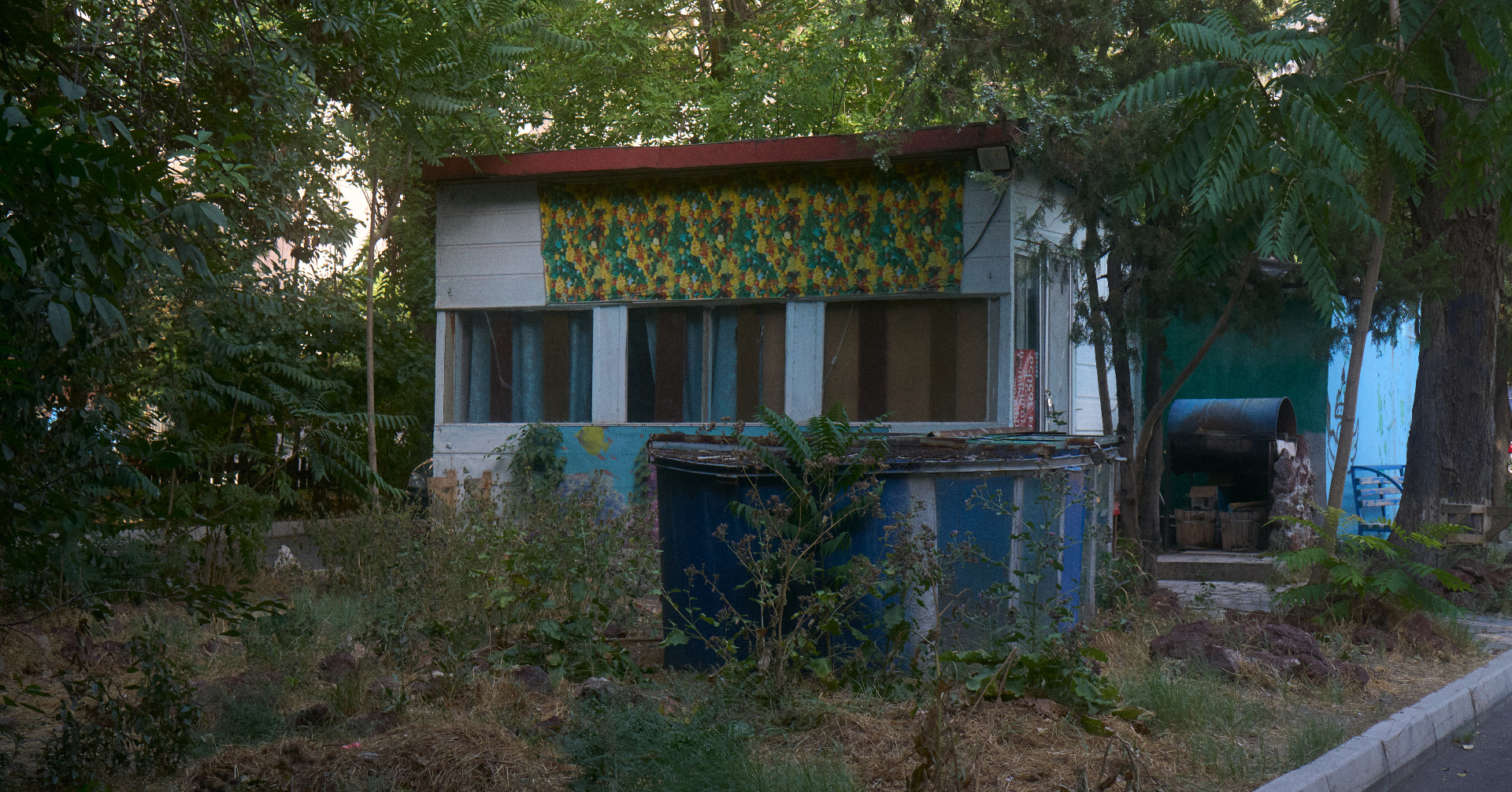
Beyond some of the older blocks, the surroundings are changing drastically, in some ways worse than others. Where newer buildings have just been abandoned mid-development. Likely running out of funds (corruption, basically) having sold the spaces to citizens before the building was even finished. Leftover bits of metal and steel scattered around the floor. Sticking up into the air despite balconies above where people lived. The chaos of concrete that had no sense, no ending or no apparent design. I could see people above in those balconies, I could see in the distance how similar buildings were coated in cranes and netting. A stark contrast in design and ideology to those just on the other side.
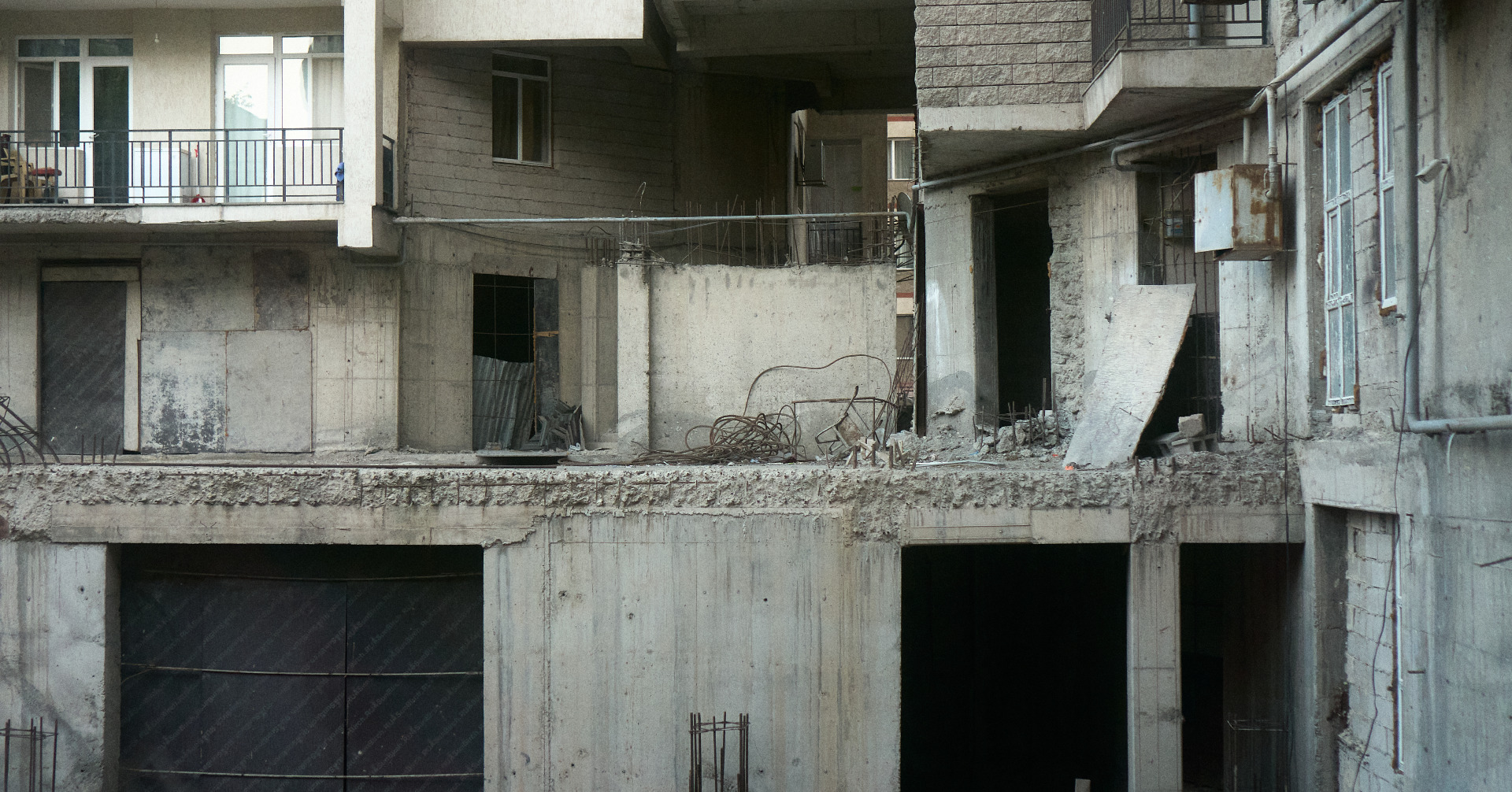
Despite being such a small district, this was one of my more favourite explorations. The courtyards teeming with life. Full of children playing ball games, people sitting the parks. Elderly grouped up with drinks and food as they escaped the heat and tighter spaces of their apartment buildings. Traditions very much kept alive. Signs of history that spoke of the different ideology, though the people largely unchanged. I wanted to stop and talk to them, to ask them about their lives and to hear their stories. Though perhaps that's for future adventures.
View this post on TravelFeed for the best experience.